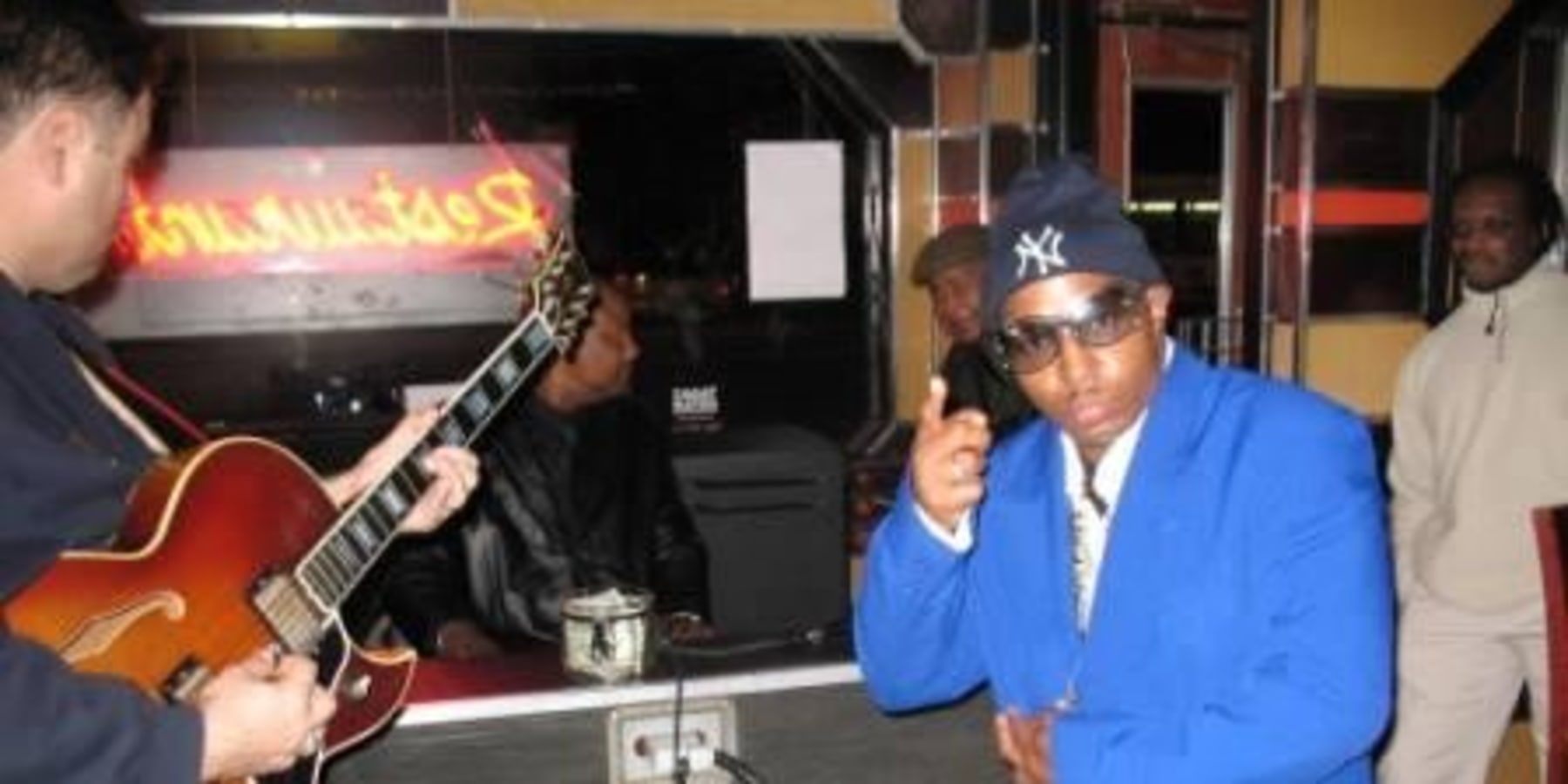
In New York City, Paul Willis visits the dance halls and speakeasies where musical history was forged.
It is a cold night in Harlem. The speakeasy is down the steps of a brownstone on West 133rd Street. We ring the bell and a small, neatly dressed man opens the door a fraction. "Is that you, Gordon?"
Stepping out of the shadows, our guide replies: "I got some guys here itching for good jazz. Think you can help?"
In the back, the band has set up on a small stage: a dusty upright against the wall, the contours of the sax reflected in a solitary spotlight. "Billie Holiday played here when she was a teenager," Gordon Polatnick, our guide, says, as the heavyset piano man strikes the chords of the first number.
From the speak easies of Harlem to the street corners of the Bronx, New York is a city that lives and breathes music. Every genre of popular music has found a home here and many of the greats, such as Holiday, came here to make it big. Bob Dylan, for example, started out in the folk clubs of Greenwich Village, Madonna in a crummy apartment downtown. The city has witnessed seminal moments in pop folklore, such as the birth of hip-hop in the Bronx, and the Beatles' first appearance on American television.
Tapping this rich vein of history is most easily accomplished on one of the tours focused on New York's musical heritage. The tours are usually presided over by amiable obsessives who can give you chapter and verse on the relative merits of bebop or the significance of Joey Ramone's favourite brand of soft drink.
Polatnick runs tours in Harlem. A softly spoken 50-year-old, his mild manner masks a lifelong passion for jazz. His tours reflect a concern with the contemporary scene and feature at least two live performances.
He leads us through Harlem, along streets filled with distinguished brick row houses that date more than a century to when African Americans came here, driven out of Midtown in the years before World War I. This migration brought with it dance halls and gambling dens that jumped to the erratic new sounds of jazz.
In the '20s, Prohibition drove liquor underground into the speakeasies on 133rd Street, known then as Swing Street. The new law did not dampen the party, however, and society figures and celebrities gathered at renowned venues such as the Cotton Club, where Duke Ellington's orchestra was the house band.
These days, the music venues are thinner on the ground, but their influence remains strong. "The city is a proving ground," says Polatnick. "Anyone can come here and get a gig."

